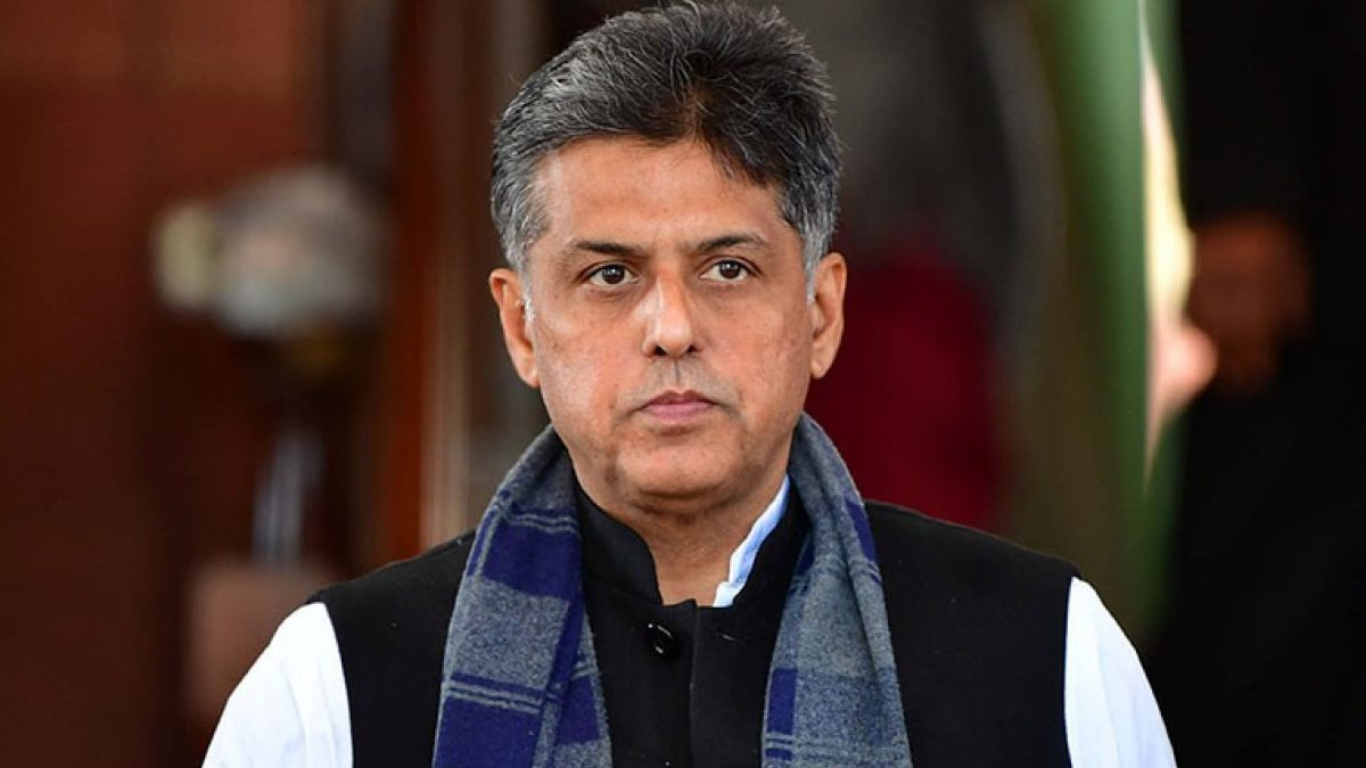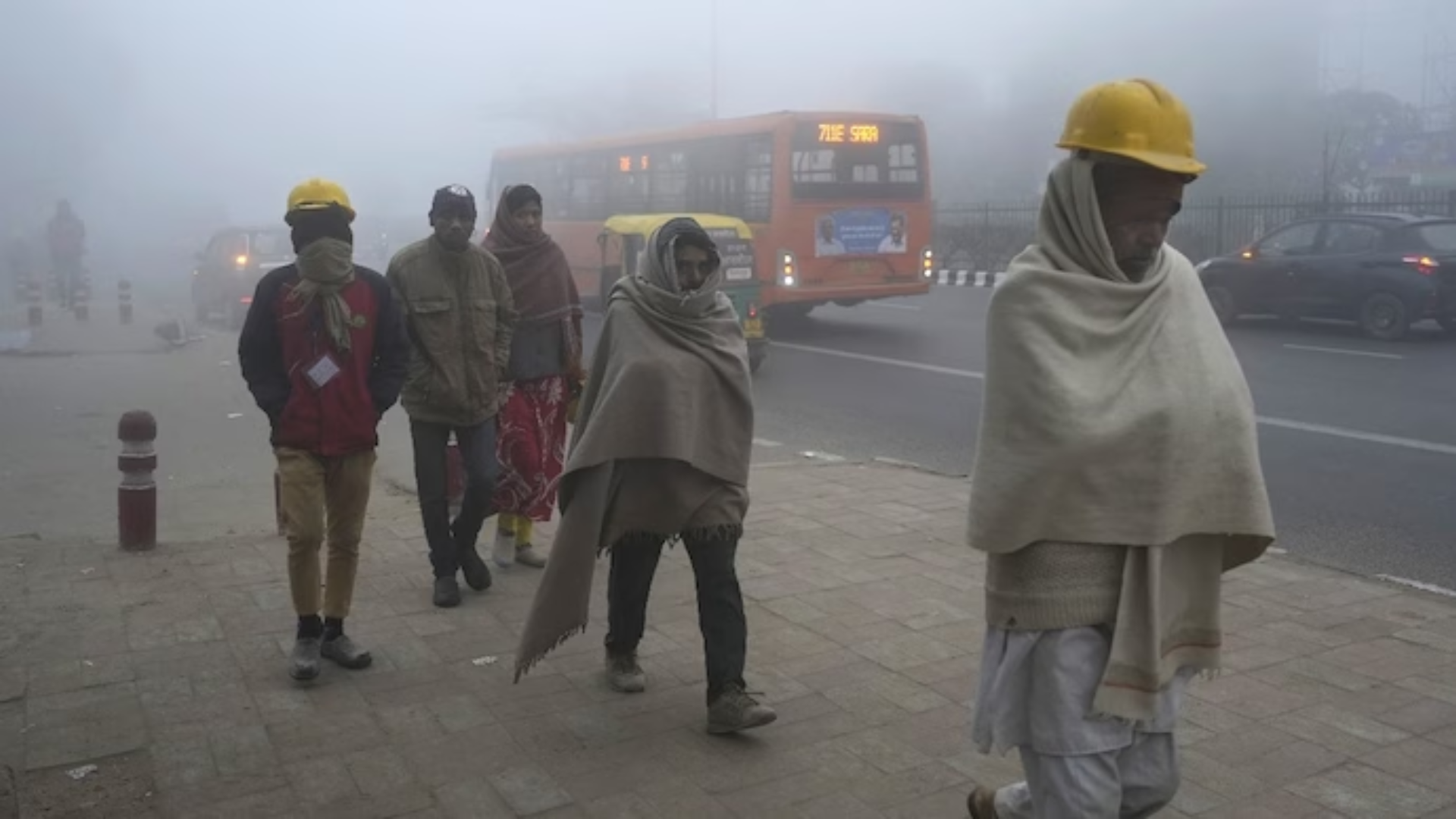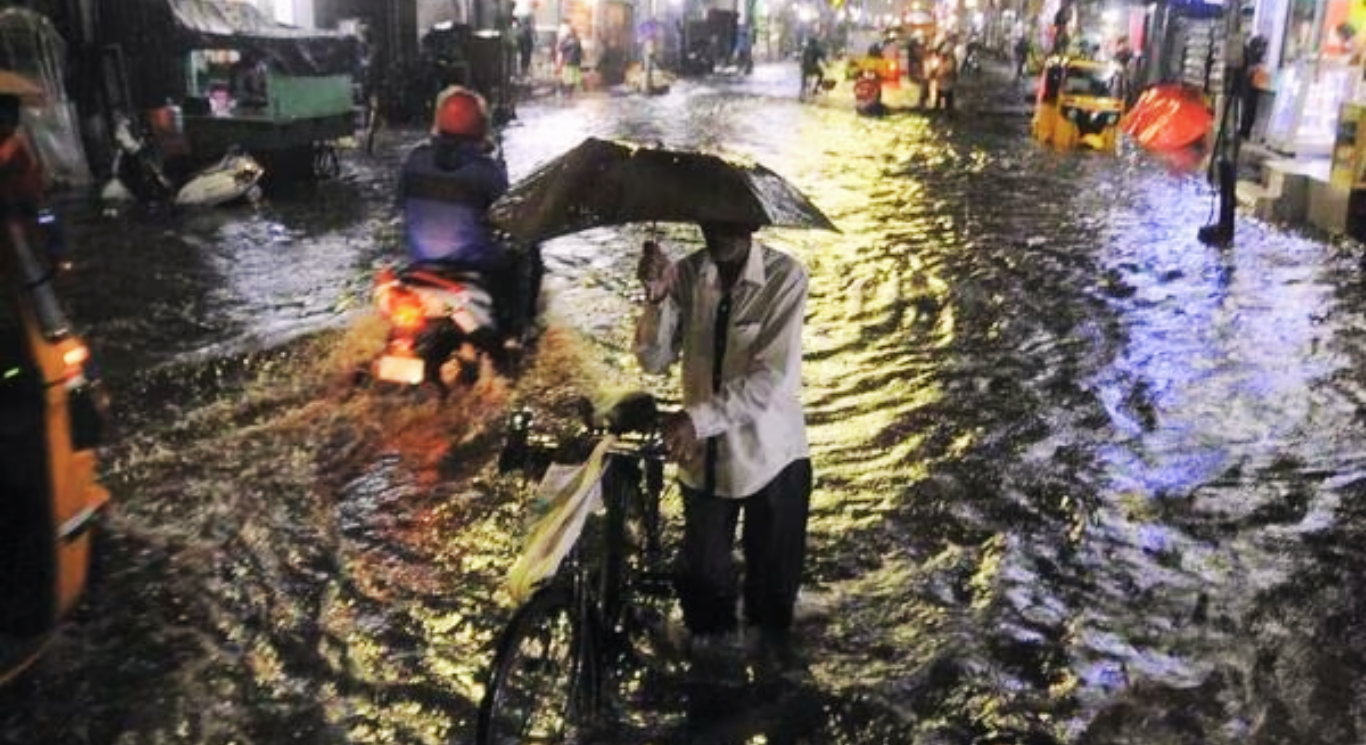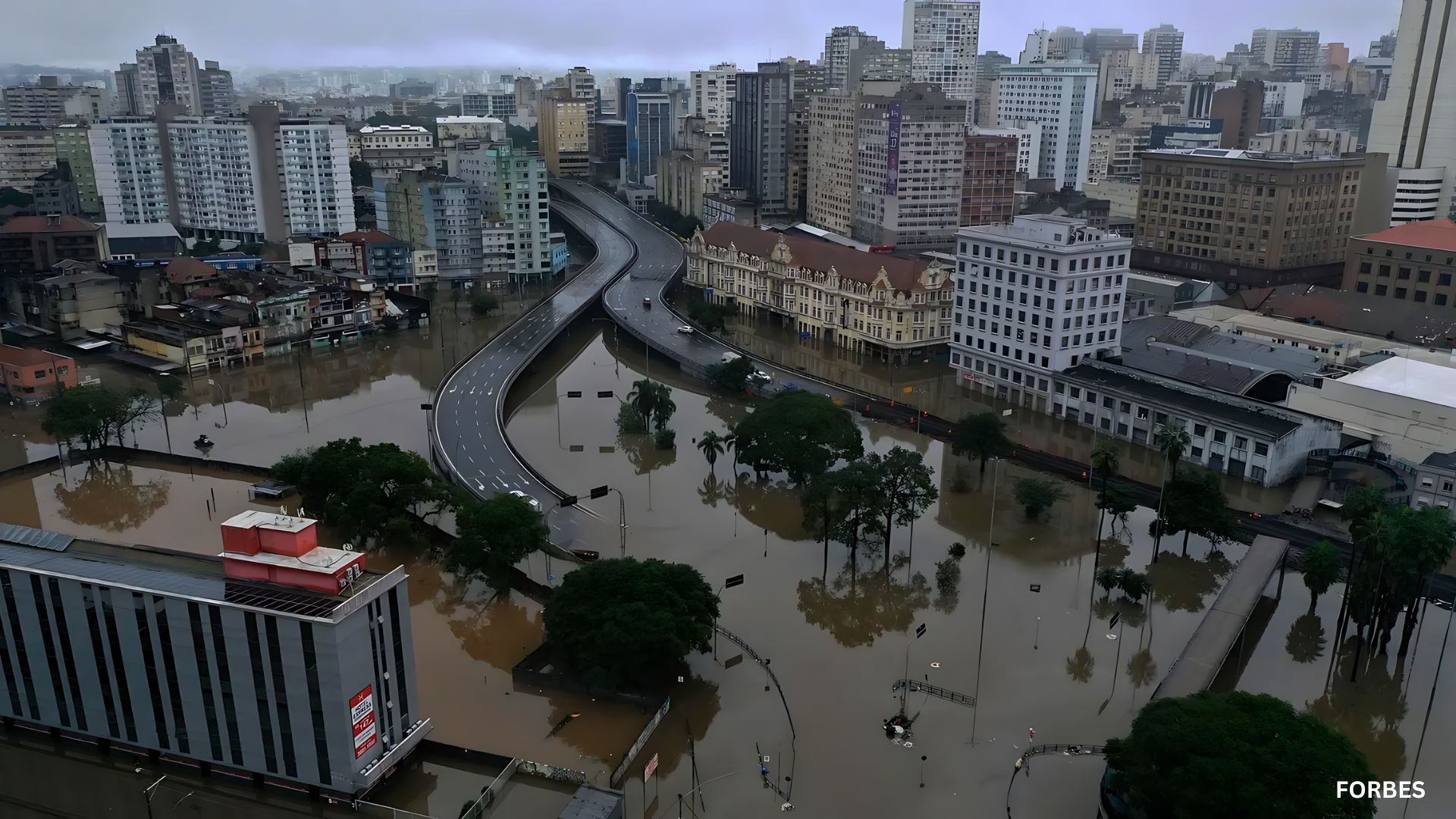










Severe fog and adverse weather conditions persistently disrupted the movement of flights and passenger trains to and from the National Capital on Tuesday, causing delays and inconvenience for travelers.
At Delhi’s Indira Gandhi International (IGI) airport, several flights experienced delays as a thick layer of fog enveloped the national capital. The adverse weather conditions also affected long-distance trains, with around 28 trains to Delhi running behind schedule by up to five hours or more.
The India Meteorological Department (IMD) had predicted a minimum temperature of 7 degrees Celsius and a maximum of 18 degrees Celsius in Delhi. However, the recorded minimum temperature on Tuesday morning was 6.9 degrees Celsius, contributing to the dense fog and cold wave.
According to Northern Railways, prominent trains such as Howrah-New Delhi Rajdhani Express, Rajendranagar-New Delhi Rajdhani Express, Dibrugarh-New Delhi Rajdhani Express, Bangalore-Nizamuddin Rajdhani Express, Azamgarh-Delhi JN Kaifiyat Express, Banaras-New Delhi Express, and Katihar-Amritsar Amrapali Express faced delays ranging from 2 to 5 hours.
The IMD has forecasted moderate fog until January 26 in the National Capital, with foggy conditions expected to persist on January 27 and 28. As the cold wave continues, people in Delhi resorted to sitting around bonfires to keep warm.
Meanwhile, dense to very dense fog conditions are anticipated in the morning over parts of Punjab, Haryana, Chandigarh, and Uttar Pradesh until January 26 morning, as indicated by the IMD. On Monday, shallow fog affected various regions, including Jammu division, Delhi, West Uttar Pradesh, and Jharkhand, contributing to visibility challenges.
Various locations reported low visibility levels. Jammu Division recorded 500-meter visibility, Patiala in Punjab registered a mere 50-meter visibility, and Delhi experienced only 500-meter visibility, impacting flight operations. Varanasi and Prayagraj in Uttar Pradesh struggled with 25-meter and 50-meter visibility, respectively, further compounding transportation challenges in the region.









